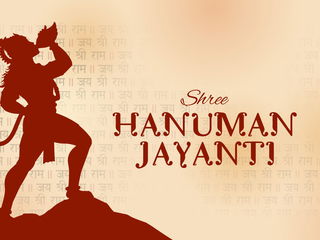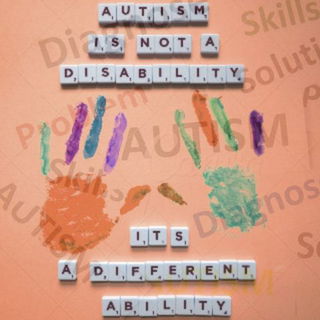- Calendar
- Calendar 2026
- February
- Valentine's Day
Valentine's Day
The day of love or as we call it Valentine's Day is celebrated every year on February 14th and this day is also known as Saint Valentine's Day or Feast of Saint Valentine.
February has also been known as the month of love and romance for centuries and on the 14th lovers exchange special gifts among themselves like roses, chocolates, or even jewelry. Many people also take the opportunity of this day to declare their affection for their crushes, often disguised as secret admirers.

As it is not a federal holiday, businesses and schools hold normal working hours.
Days in the Valentine's Week
- 7th February: Rose Day
- 8th February: Propose Day
- 9th February: Chocolate Day
- 10th February: Teddy Day
- 11th February: Promise Day
- 12th February: Hug Day
- 13th February: Kiss Day
- 14th February: Valentine's Day
The Origin of Valentine's Day
Popular beliefs have it that the celebration started in ancient Rome in the 3rd century when a Roman priest named Valentine disagreed with the order of Emperor Claudius II that prohibited young men from marrying.
According to Claudius, single men made better soldiers and served more diligently. Valentine went against the emperor and performed marriages for young couples secretly. However, his actions were eventually discovered leading to his imprisonment and eventual execution on February 14th.
Another story believes that the ancient Roman festival of Lupercalia was held in mid-February when Valentine's Day originated.
During Lupercalia, there were rituals performed to ward off evil spirits and promote fertility. As Christianity spread, the church sought to christianize pagan festivals, and some suggest that Valentine's Day was established to coincide with Lupercalia.
The correlation between St. Valentine and love became popular in the Middle Ages when the idea of romantic love flourished in European literature. By the 14th century, Geoffrey Chaucer and other poets began to link Valentine's Day with love and courtship. The exchange of love notes and tokens became a popular tradition during this time.
Despite historical uncertainties, Valentine's Day has evolved into a widely celebrated occasion for expressing love and affection over the centuries. People all over the world are exchanging greeting cards, flowers, and gifts today to commemorate this day dedicated to matters of the heart.
The background of Valentine’s Day traditions
The exchange of Valentine’s Day cards with declarations of love goes back to the 1500s, with people making their handmade cards, often decorating them with ribbons and lace.
In the late 1700s, romantic cards started being commercialized, and they usually depicted the image of the god of love, Cupid, and hearts, images that still prevail on this day, as symbols of Valentine’s Day.
The Greeting Card Association estimates that in America, every year, around 145 million Valentine’s Day cards are exchanged.
How You can Celebrate Valentine's Day
- Quality Time Outdoors: If you and your partner both enjoy outdoor activities, go hiking, bike riding, or take a scenic walk to enjoy nature and each other's company.
- Love Letters Never Go Out of Style: Take the time to write heartfelt love letters to each other. Exchange them over a special meal or during a cozy moment together.
- Movie Night Special: Watch romantic movies or movies you both love. Create a cozy movie theater environment with popcorn and blankets.
- Have a Homely Meal: Cook a meal together or surprise your partner with their favorite dish. Add candles, dim lights, and soft music for an intimate vibe.
- Long Distance Activities: If you’re long-distance, schedule a virtual dinner, game night, or movie watch party. You can still make the day feel special.
- Go for a Picnic: Pack a picnic basket with your favorite snacks, sandwiches, and treats. Head to a park or a beautiful spot to enjoy the outdoors.
- Give Thoughtful Gifts: Collect small tokens of your relationship (ticket stubs, photos, mementos) and seal it in a box to open on a future Valentine’s Day.
- Talk about Future: Write down all the experiences you want to share in the future- dream vacations, adventures, or goals- and create a fun plan to make them a reality.
You might like to read these articles next:

Other Celebrations
-
Feb 13 Thu
-
Feb 15 Sat
-
Mar 14 Fri
-
Mar 20 Thu
-
Aug 01 Fri
-
Nov 11 Tue

Valentine's Day - Next years
Sunday, 14 February 2027
Monday, 14 February 2028
Wednesday, 14 February 2029











